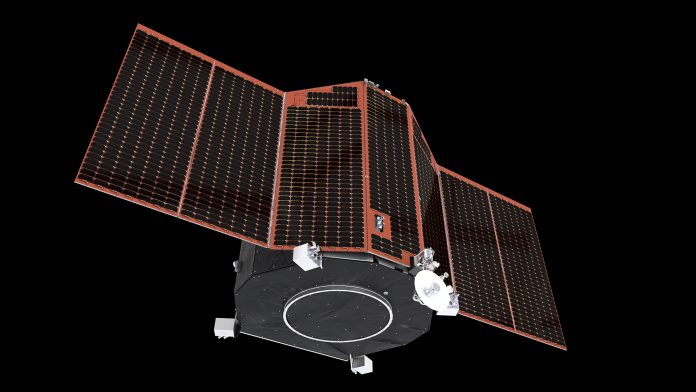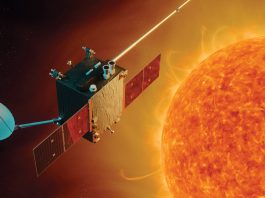Editor Georgie Whitworth spoke to Ana Heras Pastor, Head of the Astrophysics Observatories Section at the European Space Agency, to learn more about the PLATO mission to detect and study exoplanets.
First discovered in the 1990s, exoplanets are planets that orbit stars outside of our Solar System. As well as bringing a transformed perspective of our Solar System, their discovery opened up many new avenues for explorative research.
There are several methods currently used to study exoplanets, but the most common techniques are the radial velocity method and the transit method. The radial velocity method looks for subtle changes in the movement of the star, whereas the transit method involves looking for a drop in brightness that occurs when an exoplanet passes in front of its parent star.
Following successful missions from the likes of NASA and the CNES, the European Space Agency (ESA) is working on the launch of three dedicated exoplanet satellites to tackle different topics. Launched in December 2019, the Characterising Exoplanet Satellite (CHEOPS) is observing bright stars known to host exoplanets, in particular Earth-to-Neptune-sized planets, anywhere in the sky. ESA is also set to launch the Atmospheric Remote-Sensing Infrared Exoplanet Large-survey (ARIEL) mission in 2029 to perform a chemical census of a large and diverse sample of exoplanets by analysing their atmospheres in detail.
Targeted to launch in 2026, the PLAnetary Transits and Oscillations of stars (PLATO) mission will examine the properties of rocky planets up to the habitable zone around solar-like stars. It will also analyse the planet’s host star, including its age, to provide an insight into the evolutionary state of the entire extrasolar system.
To discover more about the PLATO mission and what it hopes to achieve, Innovation News Network spoke to ESA PLATO Mission Project Scientist Ana Heras Pastor.
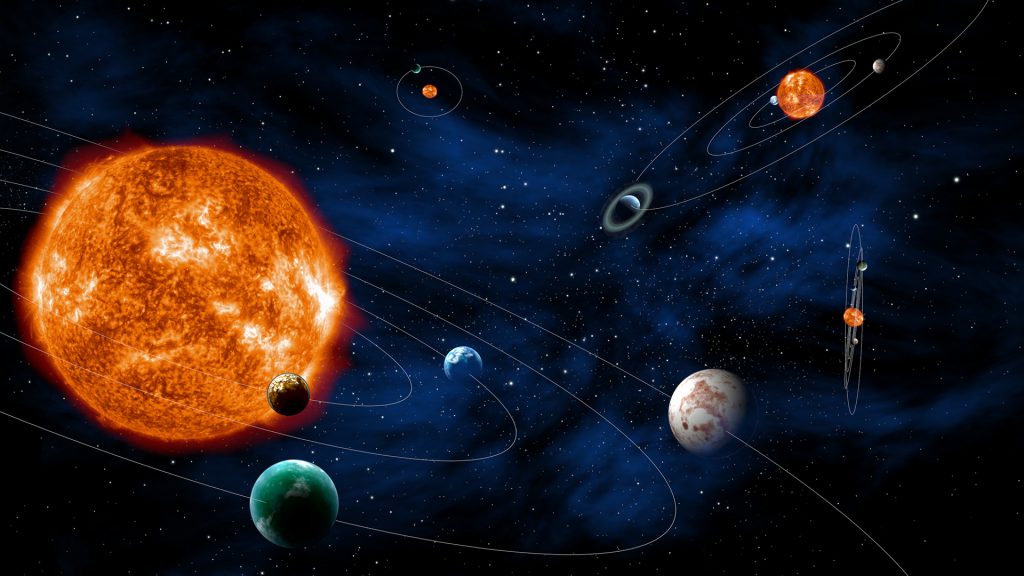
What is PLATO designed to achieve and what makes it unique amongst other exoplanet missions?
PLATO is a mission to detect and characterise exoplanets and their host stars. The mission focuses on exoplanets that are around the size of Earth and that are orbiting up to the habitable zone of bright sunlight stars. This is what makes it different from other missions, in the sense that it is a combination of capabilities. On one side, it is the high precision of this photometry, then it is the observation of bright stars, and we will also be observing for long periods. That is how we are able to detect long-period orbiting planets, which are those in the habitable zone of a star similar to our Sun.
From the point of view of the technique that it will use, PLATO is also a photometer. We will be looking at the brightness of the star and we will observe the variations of this brightness and then, in particular, the dip that happens when the planet transits in front of the star. We can then measure this dip, also known as the eclipse, very accurately and determine the radius of the exoplanets if we know the radius of the star, which we determine through different methods.
A very important method that will also be used by PLATO is asteroseismology, which is based on the measurement of light. Stars oscillate, and this oscillation is reflected in their brightness. We can interpret these changes in brightness in terms of the frequency with which these oscillations occur. This gives us a hint of the star’s internal properties. By determining the interior of the stars, we can also determine very accurately their radius, mass, and age.
Because PLATO will look at bright stars, these stars can also be observed from the ground to determine their planets’ masses. This is a method known as radial velocity. If you know the radius of a planet from the photometry of PLATO and you know the mass of the planet from the radial velocity, then you know the bulk composition of the exoplanet. That gives you an idea of whether the planet is, for example, terrestrial or if it is made mainly of hydrogen or if it is an ocean planet, and so on. This is very important.
Furthermore, because we are looking for exoplanets around bright stars, we can provide future facilities with targets so that they can characterise their atmospheres. PLATO will give only limited information about the atmosphere composition but, if we really want to know the chemical components, then we have to go to other facilities – both on the ground and in orbit – and some of them do not even exist yet, depending on the type of planet.
PLATO is the result of a large collaboration of scientists and engineers from all over Europe.
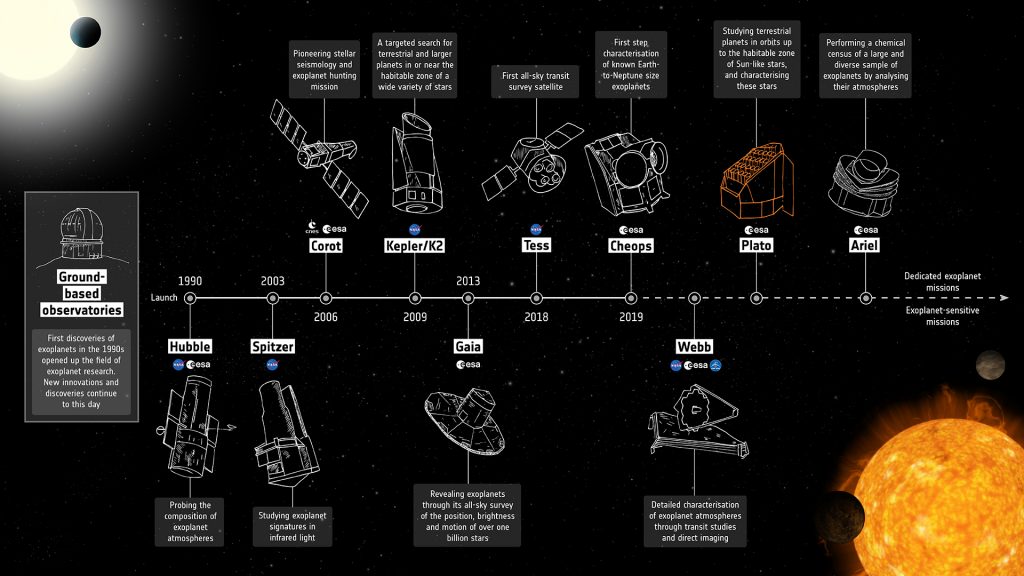
How will an investigation of the properties of host stars and the determination of planetary masses, sizes, and ages help to generate a better understanding of the architecture of exoplanet systems and whether they might host habitable worlds?
The first important measurement that is needed in order to understand what a planet is made of is radius and mass. This gives you an idea of the bulk composition, or density, which tells us whether it is terrestrial, if it is a water planet, or if it is a gas planet.
Currently, we only have information about the radius and mass of those planets that are relatively close to their host stars. Normally, most of them are inside the orbit of Mercury, when compared to our own Solar System. If we want to better understand what planets are made of, and also at different distances from the star, then it is necessary for PLATO to search for planets orbiting at least up to distances like the distance between the Earth and the Sun.
For smaller stars, this means that we will also be able to discover the radius and mass of exoplanets that are after what is known as ‘the snow line’— the particular distance in the solar nebula from the central protostar where it is cold enough for volatile compounds such as water, ammonia, methane, carbon dioxide, and carbon monoxide to condense into solid ice grains, and which has not yet been very well explored. This is important in order to better understand the precise parameters and thus the planets’ composition, as well as a way of developing our knowledge of planetary formation at further distances from their stars.
PLATO is also important in terms of habitability, in the sense that we will go up to the habitable zone of solar-like stars. Also, the composition of a planet impacts its potential habitability; for instance whether it is similar to Earth, or if most of its atmosphere is hydrogen or helium, or if it has a very thick atmosphere.
It is also very important to know how planets form and PLATO will improve our knowledge of these parameters, allowing us to better study the different conditions for planet formation.
Finally, there is the issue of the age. Of course, when we understand a planet’s age, we will be able to better determine the evolution of the planet and of the planetary system’s architecture. There can be migration, for instance, and there can be changes in the way planets move. It is important to know the evolution of the architecture over time.
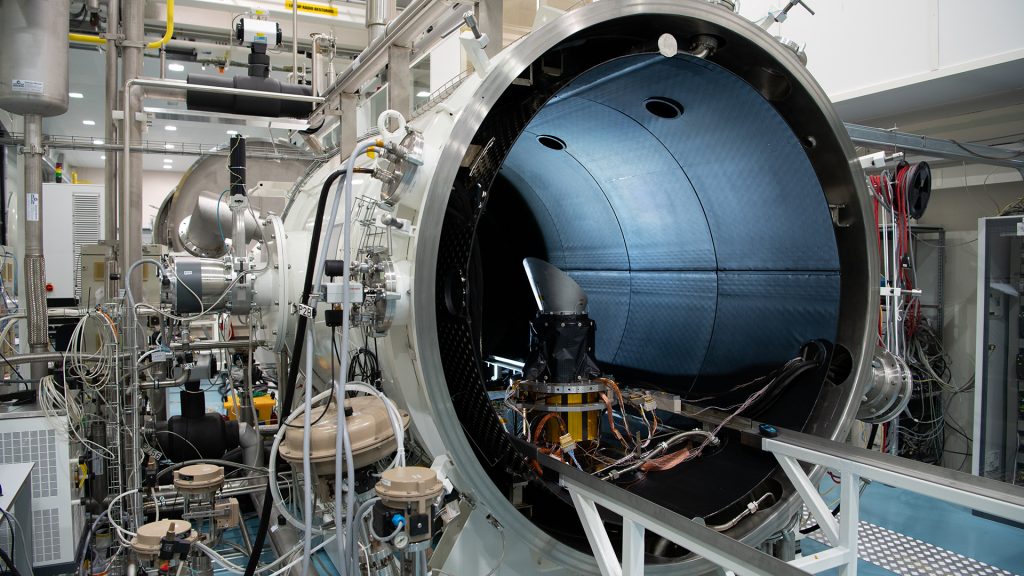
Can you elaborate on the process of asteroseismology that PLATO will perform? Why is this important and what do you hope it will reveal?
Asteroseismology is the interpretation of a star’s interior via its light. With this technique, we can see the inside of stars which means that, as well as seeing their atmospheres, like with the other observational techniques and methods, we can also derive their models and determine their internal structure. This gives us very precise measurements of the star’s radius and mass, and we can also determine its age very well. It is difficult to determine the age of a star, but with PLATO, we are aiming for 10% precision for a star similar to our Sun.
By gaining a better understanding of the star and parameters such as radius, mass, and age, we can use the transit method and radial velocity methods to determine the properties of the planet with much better accuracy.
How will PLATO expand on the work of other missions like CHEOPS?
CHEOPS is a fascinating mission and is providing great results. It is mainly designed to follow up on planets that we already know exist and it is making very accurate measurements of planets that have been discovered by other methods. In addition, because it is so precise, CHEOPS has also been able to discover new exoplanets in systems where we suspected some may be hiding.
PLATO, on the other hand, is designed to discover a large amount of new exoplanets. We are going to look into a set of stars with a precision that has never been done before. This combination of looking at bright stars coupled with the high precision will help us to discover many more exoplanets that can be as small as the Earth and as far as the habitable zone of solar-like stars. It will be very precise and, at the same time, it will discover a lot of new exoplanets in regions of stars that we have not yet been able to observe.
What is the current mission status and where do your current priorities lie?
The mission is in development and we are at a very interesting stage. We are going through what we call the ‘critical milestone review’ at the moment. Within that, we need to demonstrate that we are able to go ahead with the production of the 24 cameras plus two fast cameras that the mission requires, and also that their schedule is compatible with the schedule of the spacecraft that is being built by industry.
We have had the preliminary design review of the spacecraft, which has demonstrated that the design is very stable. Now, we are testing the structural thermal models and the engineering models of elements of both the spacecraft and cameras. If this review is successful, we hope to be able to start the next phase of development, which would mean that we can go into the production of the qualification models, and afterwards the flight models.
The fact that PLATO has so many cameras makes it a unique mission, as so many telescopes have never been used simultaneously in a single satellite before. That is why we are looking very carefully into their production. It also means that the mission will use many large charge coupled devices (CCDs) that have been under development for a very long time in collaboration with industry partners. When put together, they make the largest CCD camera ever to have been built for space.
Ana Heras
Head of the Astrophysics Observatories Section
European Space Agency
https://sci.esa.int/web/plato
https://twitter.com/platomissioncon?lang=en
Please note, this article will also appear in the eighth edition of our quarterly publication.

